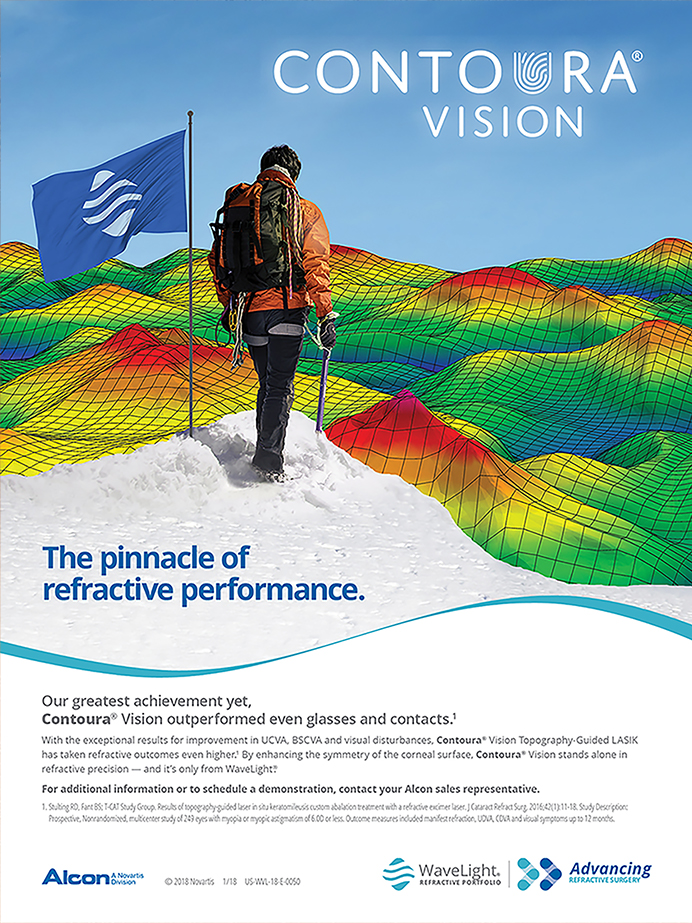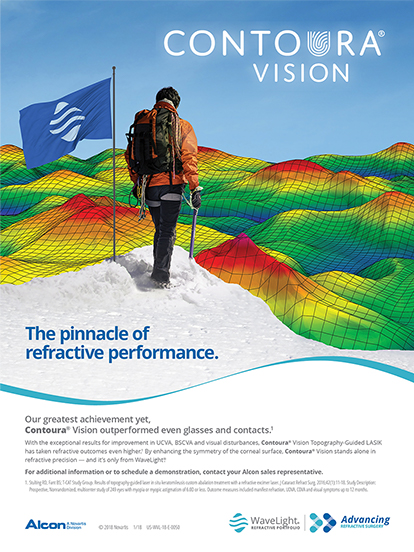Optometrists and ophthalmologists engage in a variety of clinical and financial relationships related to the care of their patients. Because of the natural patterns of referrals between these two professions, OD/MD relationships have at times raised concerns about the potential for violations of fraud and abuse laws, particularly the federal Anti-Kickback Statute (AKS).
With many optometrists focusing their practices away from optical and toward the care of patients with chronic eye disease, there is more opportunity for these relationships—and more potential for violations. For this reason, it is helpful to review some common relationships between ophthalmologists and independent optometrists and identify areas for potential concern and how to avoid them.
EXTERNAL COLLABORATIVE CARE
Perhaps the most common relationship between independent ODs and MDs is an external collaborative care relationship. In this case, external collaborative care, commonly referred to as comanagement, means the provision of care during the postoperative period by a practitioner other than the operating surgeon who does not practice within the operating surgeon’s practice. The most common external collaborative care relationships in ophthalmology involve cataract surgery.
External collaborative care relationships vary based on the procedure performed and the clinical protocols followed by the operating surgeon. As a result, a complete discussion of external collaborative care relationships requires more space than is allocated for this article. We will devote an entire article to this topic in the future.
SPACE, EQUIPMENT, AND STAFF LEASES
Physicians often lease space, equipment, and staff from ODs to establish satellite offices. Space, equipment, and staff lease arrangements have been principal concerns of the federal government since the AKS was enacted in 1972. The federal government focuses on whether the lease arrangement reflects a fee that is either more or less than fair market value for the item, space, or service leased, resulting in a financial windfall for a practitioner in a position to refer federal health care program beneficiaries.
The Office of the Inspector General (OIG) has provided guidance that can be followed to avoid the potential for AKS violation. Specifically, the OIG has published regulations describing what are known as safe harbors. Safe harbor regulations address common relationships that may constitute technical violations of the AKS but that, in the view of the OIG, do not present a risk of fraud or abuse. Following the provisions of safe harbor regulations provides protection from possible AKS violation. Although failure to meet all of the elements of a safe harbor does not result in a violation of the law per se, the requirements are not complex, and parties should try to meet each of the requirements if possible.
There are three safe harbors relevant to this form of OD/MD collaboration: one that protects space leases, one that protects equipment leases, and one that protects leases for personal services. The key provisions of each safe harbor are meant to ensure the following:
- that compensation is fixed, consistent with fair market value, and not based on the volume or value of referrals or potential referrals between the parties;
- that the amount of space, equipment, or staff leased should be limited only to that which is reasonably needed;
- that the lessee should have exclusive use of the space, equipment, or staff during the term of the lease; and
- that the lease agreement is in writing, is signed by the parties, and is for a term of at least 1 year.
COINVESTMENT
When ODs and MDs enter into coinvestment arrangements, this also presents potentially significant compliance risks. Examples of coinvestment arrangements include coinvesting in a business to own real estate (such as office buildings or a non–health care entity), an equipment leasing company, a management services organization, an optical lab, or an ambulatory surgery center (ASC). Risk of such arrangements under federal and state fraud and abuse laws may vary depending on the type of entity in which the OD and MD are investing. Risk is increased if the investment entity contracts with one of the parties, as in the case of an equipment leasing company that provides equipment to the OD or MD, or a real estate investment entity that leases space.
As a general rule, risk can be mitigated by ensuring that, regardless of the type of investment, the MD and OD pay fair market value for their equity interests and ensure that distributions made to the MD and OD are based on their pro rata share of their equity interest. Additionally, when the investment entity is an equipment leasing entity or real estate leasing entity, to the extent that the MD or OD is a customer of the leasing company, the parties must assure that the MD or OD pays fair market value for the equipment or space leased.
Coinvestment by MDs and ODs in an ASC may create a higher risk of AKS violation. In fact, there are those who believe that such an arrangement violates the AKS. Such critics point to the fact that the ophthalmologist performs procedures in the ASC (which serves as an extension of the ophthalmologist’s practice), whereas the OD does not perform surgery and serves only as a referral source. Nevertheless, ASCs with both MD and OD investors have operated successfully for many years without challenge. Such arrangements are not without risk, but if the coinvestors follow the steps set out above and are able to demonstrate that investment by the OD had no impact on the OD’s referral pattern, this will help to reduce potential concern about an AKS violation.






